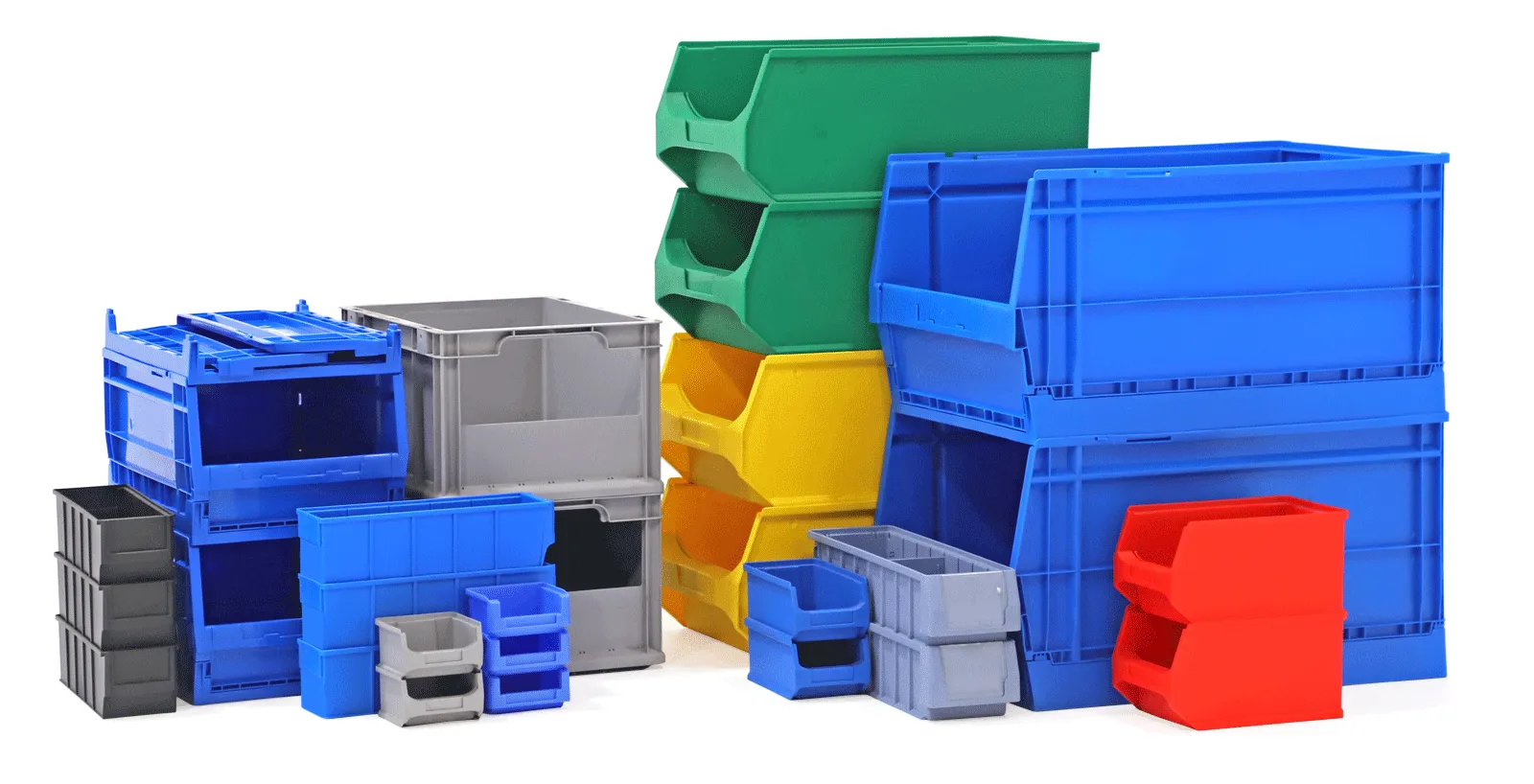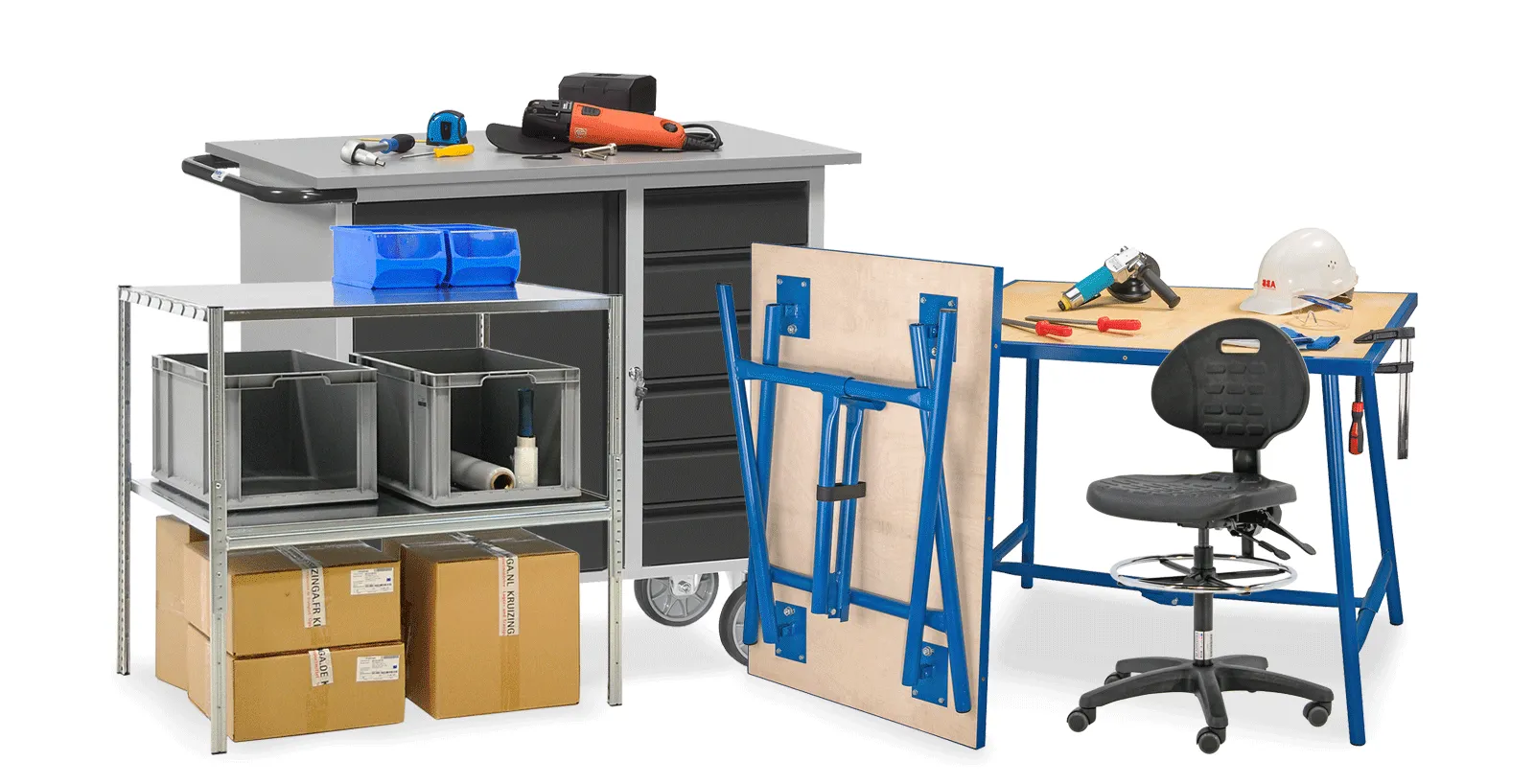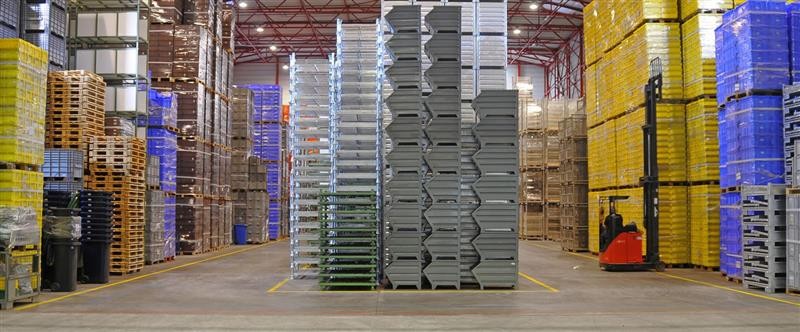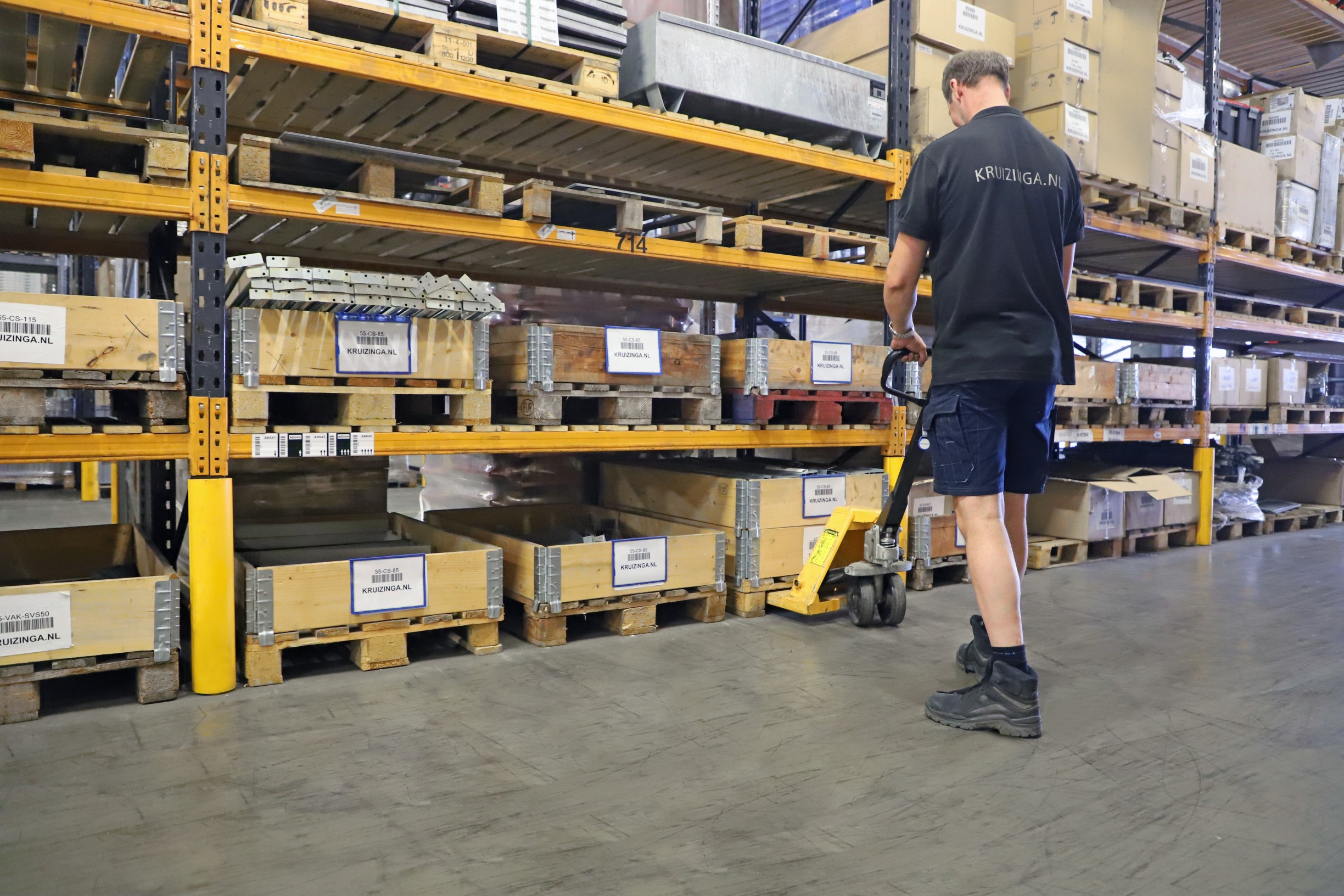We need to do more
We humans are accustomed to consuming in a linear fashion. What does that mean? Put simply, we take what we want, we use it or make it and we throw it away. A new phone comes out, the older version is discarded. The washing machine breaks and is replaced by a new one. Every time we make such choices, we are drawing on our finite supply of raw materials. As our mountains of waste continue to grow, our raw materials are becoming increasingly scarce. Of course, not everything is so black and white and we have already begun contributing towards a greener world. When you buy something on eBay, at a second-hand shop or when you get something off a neighbour, you are reusing it. Do you repair something when it is still good enough to use? The you are already thinking green. While the first steps towards a fully circular economy have been taken, it will take more than this to fully achieve this by 2050.
Time to start thinking circular
If we recognise that mother nature's circular model works, why do we not change the way we work and do things? As humans, we too could function in a circular world. It is time to switch towards a sustainable and circular system, showing greater respect for society and the planet.
To get a clearer picture of how we can reduce our use of primary raw materials, we can employ the ‘9R model’, which lays out the different strategies that can impact our use of raw materials. The higher the 'R' number in the model, the greater the amount of raw materials that are used in principle, thereby reducing the environmental impact. The '9R model' is based on another model, applied to Kruiziga.nl's own situation[1].
The first question is always whether purchasing a product or using a certain raw material is even necessary. If it isn’t? Leave it (Refuse). Next, we explore how we can reinvent and design products, their components and their packaging materials so that they can be (fully) reused. We call this the Rethinking process. In certain cases, it is even possible to produce environmentally friendly and fully compostable packaging. Then it can always be said that 'no valuable raw materials were lost in the making of this product'. With products such as telephones and washing machines, of course, this works a little differently. Here we need to look for valuable components, such as metals and plastics, that retain their quality and are still usable. By using this approach, the products of today can provide raw materials for tomorrow.
Instead of the 'buy and throw away' culture, it is time to adopt an approach where we bring back and renew. Products and components will be designed so that:
- - Raw materials are used more efficiently over the course of products’ production and usage. (Reduce)
- - Products and materials with the same function can be used again by another user, giving them an increased second-hand value. (Reuse)
- - Products can be rented several times for a shorter period. (Rent)
- - Damaged products can be repaired and returned to their original condition. (Repair)
- - Products can be easily taken apart and refurbished or upgraded into new products (Refurbish).
- - Materials from broken products can be reused for another purpose. (Repurpose)
- - Materials can be processed into raw materials of the same or lower quality than the original raw material. (Recycle)
In short, with carefully chosen basic materials, we can create a borrow, make and reuse approach, whereby the waste mountain is shrunk to a minimum and the use of new raw materials can also be reduced.
You will probably have already noticed that the letter R plays a central role in all elements of circularity. The '9 Rs' together form a model that describes the different circular concepts. From Reduce to Refuse, from Repair to Repurpose, each of these elements can play a role in the circularity of your business model.
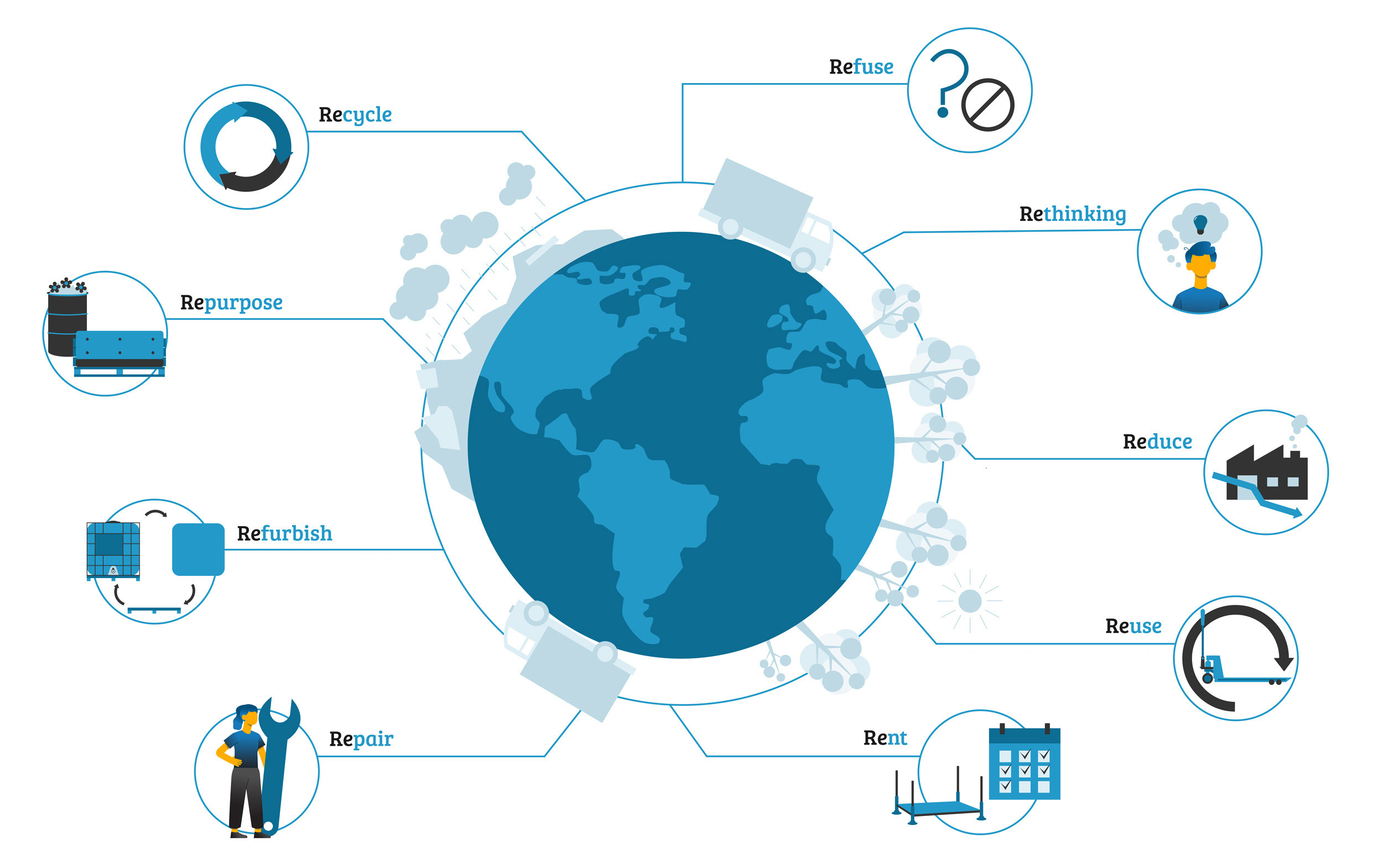
How could this work?
One school of thought, one which is certainly gaining ground, is to reorganise who owns which materials. Imagine if we never actually owned products again, rather 'rented' them from producers. If we design products that return to the producer after use, the technical materials can be filtered for infinite recycling and the biological materials can be repurposed to contribute towards high quality agriculture and arable farming. If these materials can also be produced and transported using renewable energy, we have a model that can guarantee long-term prosperity.
The emphasis is no longer on owning products, but on the services that the product provides. A good example is that of the car. In our current economic system, the buyer becomes owner of a product. When a car breaks down and cannot be repaired, it is thrown on top of the scrap heap, along with many others, with a new car purchased shortly after. In a circular economy, the producer retains ownership of the car, the consumer mere paying for a service. In other words, they are leasing the product. In this case, the producer benefits in that a product can last as long as possible, can be easily repaired and the parts can be reused. The longer the product, or its components, last, the longer the producer can continue to sell it. When the car is no longer of use to the person who purchased it, the product returns to the manufacturer and the cycle is complete.
How circular is Kruizinga.nl?
Now that we have identified what circularity entails, how we should approach it and how it could work, what is Kruizinga.nl doing about it? At Kruizinga.nl, it is possible to purchase products in various, circular ways. In addition to new storage and transportation equipment, we also offer used products, while you can choose to rent part of our range. Kruizinga.nl applies several components of the '9 R model', namely Rent, Reuse, Refurbish and Repair. In some cases, Kruizinga.nl receives storage and transportation equipment that is still good for second-hand use, but in need of a little refurbishment. In this case, the goods are checked thoroughly and repaired if necessary. Examples include a roll container that is still in very good condition, but which is missing a wheel.
In exceptional circumstances, we may encounter products that are no longer usable, in which case we ensure that its materials are sorted and recycled appropriately.
Kruizinga.nl offers used storage and transportation equipment, but how do we acquire these goods? We give you the opportunity to offer surplus storage and transportation equipment to us for which you will then be compensated. This means that these materials are not left to deteriorate in a corner of your home. Kruizinga.nl offers them once again on the market, thereby keeping the cycle going. This is how you can contribute to the continuation of the cycle, which could also be worth your while.
What can this achieve?
Living more in a circular economy not only has a positive effect on our planet, but also yields financial benefits, both for yourself as well as several other invested parties. If we make resources throughout the value chain more efficient, we can reduce the need for both materials and raw materials. This in turn generates revenue, which can be reinvested in companies and new processes for further development.
The good news is that there are already many companies applying this way of operating, working on initiatives that can contribute towards a circular economy. However, the most important aspect for this model to be successful is the mutual cooperation of companies. No single company can instigate this change, rather several companies working together and supporting each other.
How can Kruizinga.nl help you?
At Kruizinga.nl, we are well versed in the principles of circularity, how it can be applied in environments centred around storage and transportation equipment. Got any questions? In need of advice? Or have you got an interesting proposal for Kruizinga.nl? Then get in touch and we will be happy to discuss your options.
[1] Based on the PBL (Netherlands Environmental Assessment Agency) R-ladder (Netherlands Environmental Assessment Agency, 2018).





































